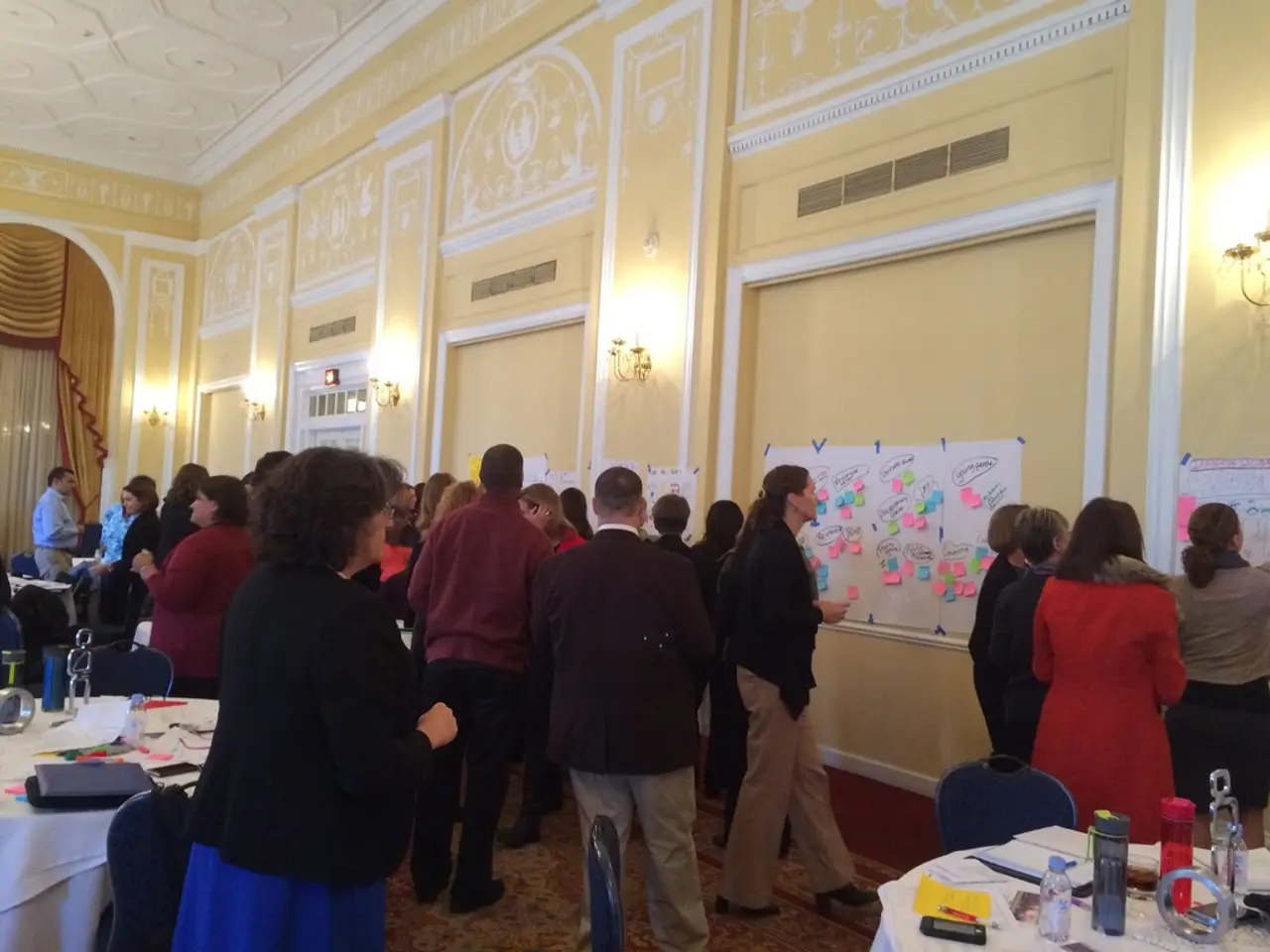Must-See Art Museums in South Carolina Worth Exploring
South Carolina is a treasure trove for art enthusiasts, with a diverse range of museums showcasing everything from historic masterpieces to contemporary innovations. Let's delve into some of the top art museums that the state has to offer.
The Gibbes Museum of Art (Charleston)
Nestled in Charleston's historic district, the Gibbes Museum of Art is a leading art museum in South Carolina, showcasing American art with a focus on Charleston and the Lowcountry. Its stunning Beaux-Arts architecture and status as one of the oldest arts organizations in the country make it a must-visit destination. The museum offers an extensive American art collection, rotating exhibitions, resident artist studios, art classes for all ages, and a gallery supporting visiting artists. 1
Public Works Art Center (Summerville)
Public Works Art Center is a vibrant community art hub and creative incubator offering free admission. It hosts changing gallery exhibitions, art camps and classes, artist studios, and special events. The center actively engages local artists through exhibitions like the SPARK community exhibition and hosts collaborative projects such as the Community Music Collective, emphasizing both visual and expressive arts. 3
The Johnson Collection (Spartanburg)
The Johnson Collection specializes in Southern art, highlighting the rich history and diverse cultures of the American South through visual artworks. It is acclaimed for expanding the concept of regional art through influential exhibitions, loans, and partnerships, making it a prominent institution for Southern cultural art preservation and presentation. 4
Greenville County Museum of Art
Located in Greenville, the Greenville County Museum of Art is widely regarded as one of the premier art destinations in the Southeast, specializing in American art, with particular strengths in Southern works and contemporary pieces. The museum places a strong emphasis on education, offering workshops, lectures, and family programs that connect the community to the arts. It has a free admission policy, reflecting a strong commitment to making art accessible to everyone. 2
Columbia Museum of Art
The Columbia Museum of Art is known for its vibrant temporary exhibitions, which showcase both historical and contemporary themes, often highlighting underrepresented voices and cutting-edge trends in the art world. Education is central to its mission, with lectures, workshops, guided tours, and community outreach programs fostering an environment where art appreciation and creativity can flourish. 5
Halsey Institute of Contemporary Art
Located within the College of Charleston's School of the Arts, the Halsey Institute showcases contemporary art, emphasizing works by emerging, mid-career, and often underrepresented artists. As a non-collecting institution, it focuses on temporary exhibitions that reflect current artistic trends and social issues. Education is a cornerstone of its mission, with guided experiences for K-12 students and collaborations with various departments within the College of Charleston to integrate art into broader academic discussions. 6
Each museum is unique in its focus and offerings, providing a rich and diverse cultural landscape for art enthusiasts to explore. From the historic American art and educational programs at the Gibbes Museum of Art to the community and contemporary art engagement at Public Works Art Center, and the deep dedication to Southern art history and culture at The Johnson Collection, these museums showcase South Carolina’s diverse art scene from historic to modern and community-based art.
- The Greenville County Museum of Art, positioned as one of the premier art destinations in the Southeast, emphasizes education and accessibility, offering workshops, lectures, and family programs in addition to its America-focused collection.
- Public Works Art Center, serving as a creative incubator, offers free admission, hosting changing gallery exhibitions, art camps, classes, artist studios, and special events with a focus on community engagement and collaboration.




